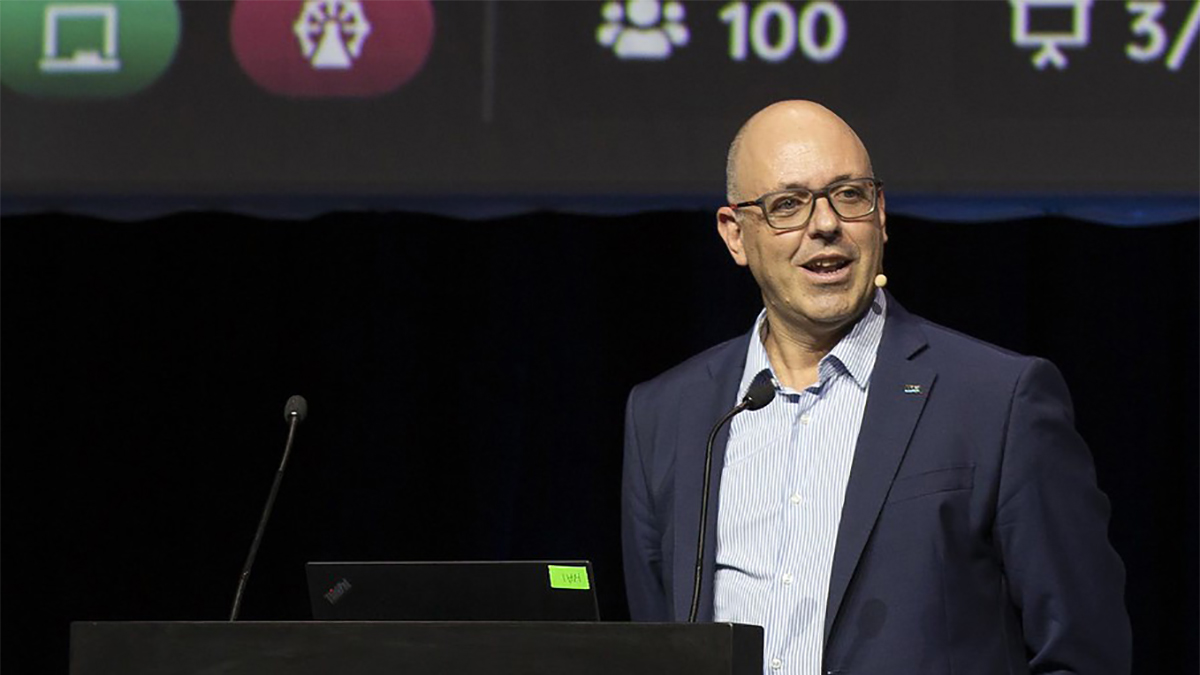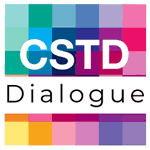Written by Enrique Cabrera, Professor of the Polytechnic University of Valencia, Spain and Vice President of International Water Association
© IWA | Enrique Cabrera
The digital transformation of water technologies and processes will significantly change the water and sanitation services provision landscape in the coming years. Digital technologies can potentially democratise data acquisition, analysis, long-term planning, capacity building and efficient operation of network and non-network services. However, this technological leap will only impact the goal of ensuring safe water and sanitation for all if the solutions are applied at a local level.
Water is a highly local resource. If we consider 50 litres/person/day as a reference for intermediate access (defined by WHO), a family of 4 will need 73 tons of water (73000 kilograms) every year. A village of 500 will require over 9000 tons of water each year. Contrary to energy or telecommunications, delivering water implies transporting large weights even for basic access provision. Consequently, the solution to water access problems cannot be exclusively global, national, or even regional. Solutions must be local.
This means, in practice, that most water resources need to be sourced locally.
Quantifying and optimising local resources, as well as hydrological planning, can be significantly assisted by digitalisation. The combination of satellite imagery, data harvesting from multiple sources (meteorological, social, environmental) and remote sensing can help regional planners optimise local resource use.
However, the availability of local resources is only part of the problem. Both water and sanitation services must be made available under very different local conditions. Local solutions need to be designed ad-hoc for every case. Digital technologies can assist in this process.
Firstly, by allowing gathering information and maintaining updated records. The provision of water and sanitation services (regardless of whether centralised or decentralised) can really benefit from an updated geolocated information system. Whether trying to keep track of kilometres of buried pipes or the location and routes to individual septic tanks, new digital platforms are great for creating, accessing, and updating such information systems.
Secondly, by assisting in planning, designing, and expanding the services. These tools simplify the task of setting scenarios, assist in using realistic data obtained from multiple sources and can use AI techniques to suggest optimum solutions (even taking into account constraints that were traditionally not considered -e.g., the carbon footprint of the service provision).
Thirdly, optimising the operation of the services using real-time data (obtained from sensors placed in the system or other sources like social media activity from the population). Response to emergencies or situations out of the ordinary can be significantly enhanced by using digital tools, but so can the efforts to reduce water loss.
Finally, digital algorithms and artificial intelligence engines can reduce the existing knowledge and capacity gap that is often an obstacle at the local level. Small and poor communities will have access to tools and techniques previously only available to large corporations or capital cities.
Digitalisation will allow us to personalise solutions to meet local challenges at a rate and a cost that was previously unimaginable. However, we should keep in mind that unless resources, tools and plans are made available at a local level, we will not be able to deliver water and sanitation for all.
Science, technology and innovation can be catalysts for achieving the sustainable development goals.
In the context of the UN Commission on Science and Technology for Development, the CSTD Dialogue brings together leaders and experts to address this question and contribute to rigorous thinking on the opportunities and challenges of STI in several crucial areas including gender equality, food security and poverty reduction.
The conversation continues at the annual session of the Commission on Science and Technology for Development and as an online exchange by thought leaders.


